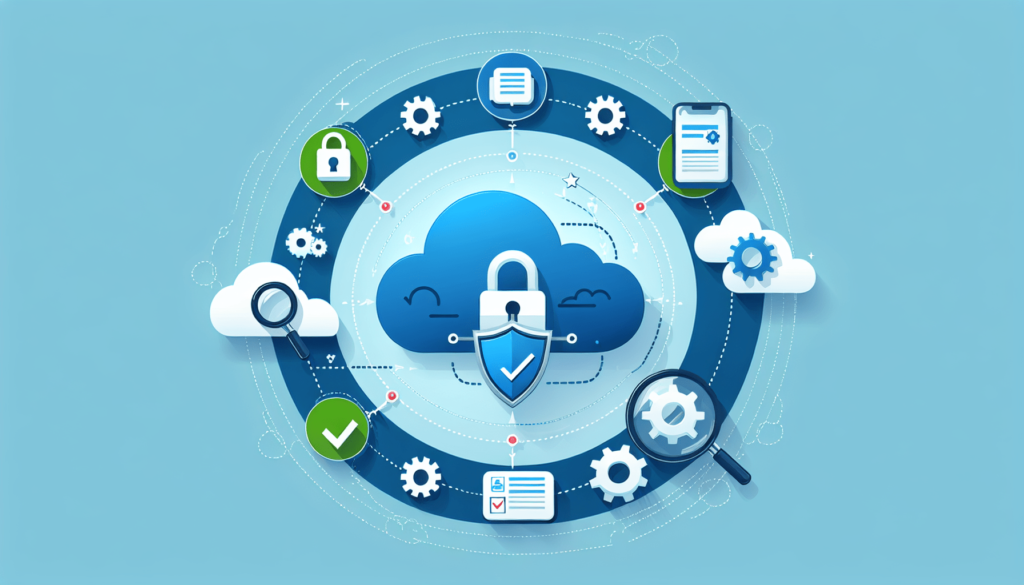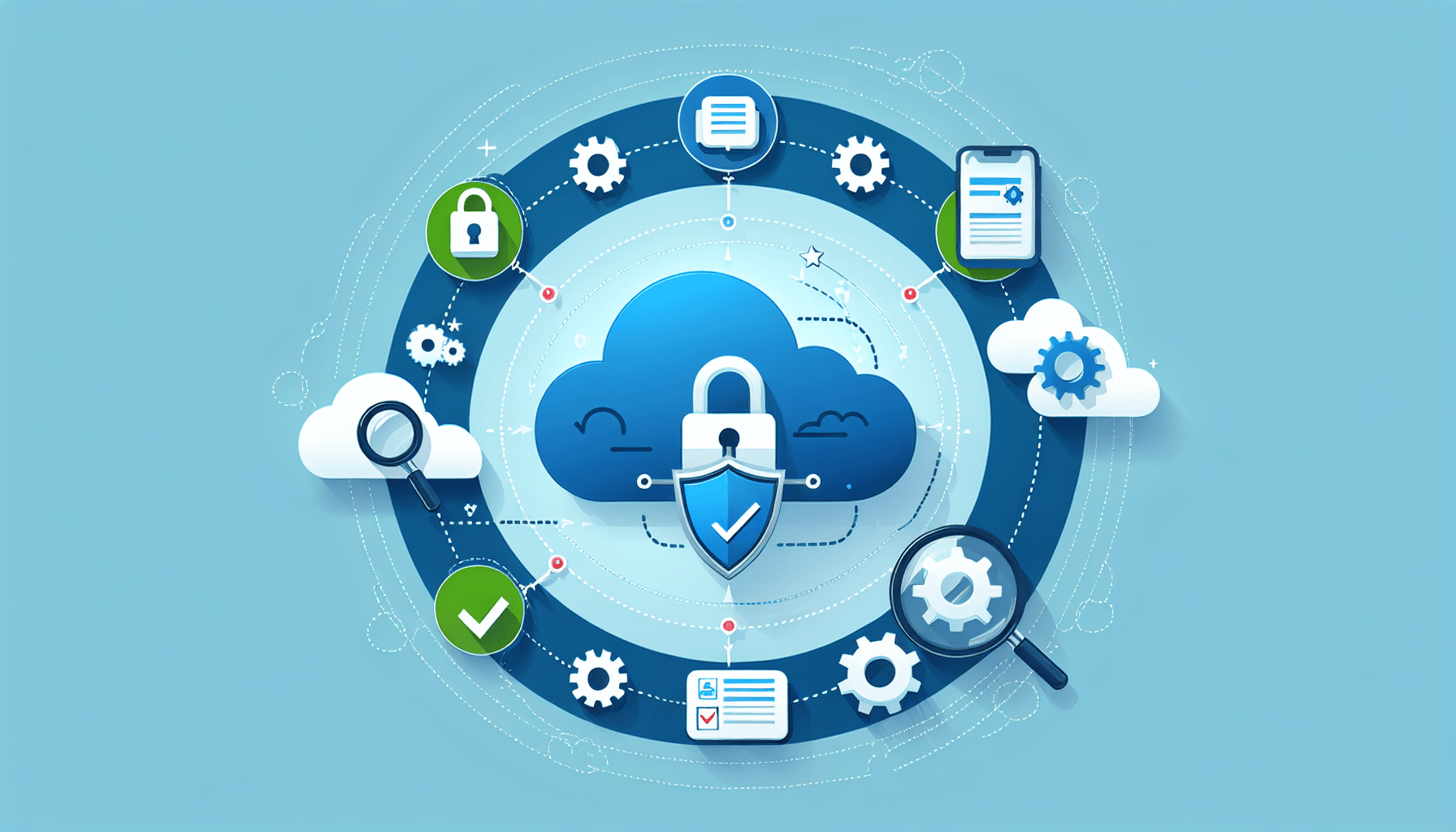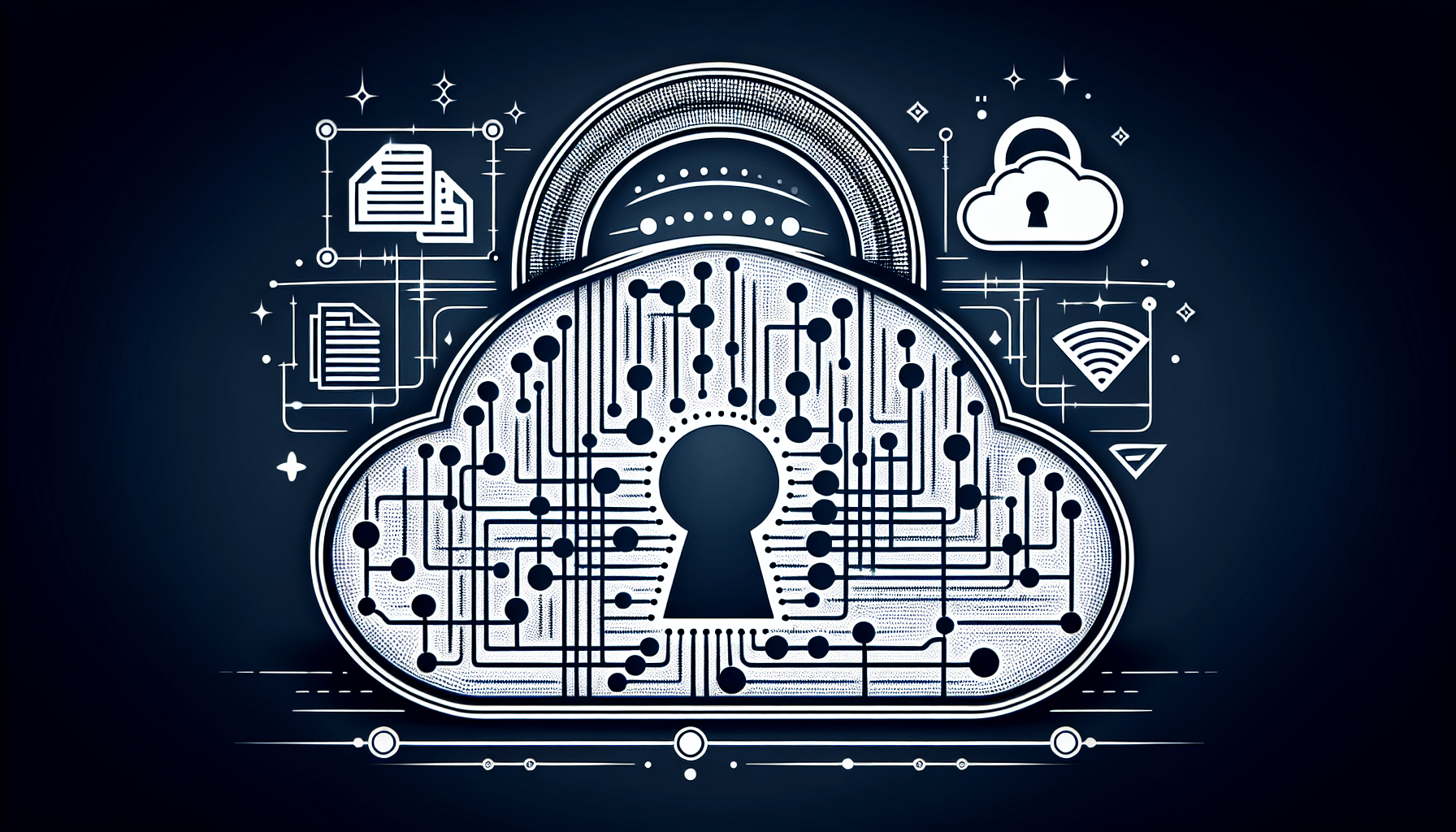In today’s digital landscape, ensuring the security of cloud platforms is paramount for businesses of all sizes. To effectively safeguard sensitive data and protect against potential cyber threats, it is essential to conduct a comprehensive cloud security assessment. By following a systematic approach, this article will guide you through the key steps of assessing and enhancing your cloud security protocols. From evaluating network architectures to conducting vulnerability scans, this guide will equip you with the knowledge and tools necessary to strengthen your organization’s overall cloud security posture.
Identify Cloud Security Goals
Determine the objective of the cloud security assessment
In order to perform a comprehensive cloud security assessment, it is important to first define the objective of the assessment. This involves understanding the specific goals and objectives that the assessment aims to achieve. For example, the assessment may be focused on identifying vulnerabilities and risks in a cloud environment, assessing the effectiveness of existing security measures, or ensuring compliance with relevant regulations and standards. By clearly defining the objective of the assessment, you can tailor your evaluation and focus on the areas that are most critical to your organization’s security.
Define specific security goals for the assessment
Once the objective of the cloud security assessment has been determined, it is necessary to define specific security goals that will guide the evaluation process. These goals should align with the overall objective of the assessment and address key areas of concern. For example, the security goals may include evaluating network security controls, assessing data encryption methods, reviewing application security practices, and reviewing incident response and business continuity plans. By defining specific security goals, you can ensure that the assessment covers all relevant aspects of cloud security and provides a comprehensive evaluation of your organization’s security posture.
Evaluate Compliance Requirements
Identify relevant regulatory and industry compliance requirements
As part of the cloud security assessment, it is important to identify the relevant regulatory and industry compliance requirements that apply to your organization. This may include regulations such as the Health Insurance Portability and Accountability Act (HIPAA) for healthcare organizations, or standards such as the Payment Card Industry Data Security Standard (PCI DSS) for organizations that handle payment card information. By understanding these requirements, you can ensure that your cloud environment is compliant and that appropriate security measures are in place to protect sensitive data.
Review cloud service provider’s compliance certifications
In addition to understanding the regulatory and industry compliance requirements, it is also important to review the compliance certifications of your cloud service provider. Many cloud service providers undergo independent audits and obtain certifications such as ISO 27001 or SOC 2 to demonstrate their commitment to security and compliance. By reviewing these certifications, you can gain confidence in the provider’s security practices and ensure that they meet the necessary standards for protecting your organization’s data in the cloud.

Assess Network Security
Examine perimeter security controls
Network security is a critical aspect of cloud security, and it is important to evaluate the effectiveness of perimeter security controls. This involves reviewing the firewall configurations, intrusion prevention systems, and other security mechanisms that protect the network from unauthorized access. By examining these controls, you can identify any vulnerabilities or misconfigurations that may expose your cloud environment to potential threats.
Evaluate network segregation and isolation
In addition to perimeter security controls, it is important to assess the network segregation and isolation mechanisms in place. This involves evaluating the network architecture and ensuring that different segments of the network are adequately separated to prevent unauthorized access or lateral movement within the network. By evaluating network segregation and isolation, you can reduce the risk of unauthorized access and limit the potential impact of a security incident.
Review network monitoring and intrusion detection systems
An effective cloud security strategy should include robust network monitoring and intrusion detection systems. It is important to review the monitoring capabilities in place and assess their effectiveness in detecting and responding to security incidents. This may involve evaluating the monitoring tools and techniques used, reviewing the logging and alerting mechanisms, and assessing the incident response processes. By reviewing these systems, you can ensure that any security incidents are promptly detected and mitigated to minimize the impact on your cloud environment.
Review Identity and Access Management
Assess user authentication mechanisms
Identity and access management (IAM) is a critical component of cloud security, as it controls user access to resources and systems. It is important to assess the user authentication mechanisms in place and ensure that strong authentication methods are used to verify the identities of users. This may include multi-factor authentication, biometric authentication, or other advanced authentication techniques. By assessing user authentication mechanisms, you can enhance the security of your cloud environment and prevent unauthorized access.
Evaluate access control policies and procedures
In addition to user authentication, it is important to evaluate the access control policies and procedures in place. This involves reviewing how user access rights are granted, modified, and revoked, and ensuring that appropriate segregation of duties is maintained. By evaluating access control policies and procedures, you can ensure that access to sensitive data and systems is granted only to authorized individuals and that the principle of least privilege is followed.
Review privileged access management
Privileged access management (PAM) is another important aspect of identity and access management. It involves managing and monitoring the access rights of privileged users who have administrative or elevated privileges. It is important to review the PAM processes and controls in place to ensure that privileged access is properly managed and monitored. This may include reviewing the approval processes for granting privileged access, monitoring and logging privileged user activities, and implementing periodic access reviews. By reviewing privileged access management, you can reduce the risk of unauthorized access and minimize the impact of insider threats.

Evaluate Data Security
Review data encryption methods
Data encryption is a fundamental security measure for protecting sensitive data in the cloud. It is important to review the data encryption methods used by your organization and ensure that data is encrypted both at rest and in transit. This may involve evaluating the encryption algorithms and key management practices, as well as reviewing the encryption capabilities provided by your cloud service provider. By reviewing data encryption methods, you can ensure that your data is adequately protected from unauthorized access or disclosure.
Assess data backup and recovery processes
Data backup and recovery processes are essential for ensuring the availability and integrity of data in the cloud. It is important to assess the effectiveness of these processes and ensure that regular backups are performed, data integrity is verified, and recovery procedures are tested. This may involve reviewing the backup schedules, backup storage locations, and recovery time objectives. By assessing data backup and recovery processes, you can ensure that your data can be quickly restored in the event of a security incident or data loss.
Evaluate data loss prevention controls
Data loss prevention (DLP) controls are designed to prevent the unauthorized dissemination of sensitive data. It is important to evaluate the DLP controls in place and ensure that they are effective in detecting and preventing data breaches. This may involve reviewing the DLP policies and rules, assessing the monitoring and enforcement mechanisms, and conducting periodic DLP audits. By evaluating data loss prevention controls, you can minimize the risk of data breaches and protect your organization’s sensitive information.
Analyze Application Security
Review secure coding practices
Application security is crucial for protecting against web-based attacks and vulnerabilities. It is important to review the secure coding practices employed by your organization and ensure that the development team follows secure coding standards and best practices. This may involve conducting code reviews, implementing secure coding frameworks, and providing training and awareness programs for developers. By reviewing secure coding practices, you can reduce the risk of application-level vulnerabilities and improve the overall security of your cloud environment.
Evaluate application-level encryption and authentication
In addition to secure coding practices, it is important to evaluate the application-level encryption and authentication mechanisms in place. This involves reviewing how sensitive data is encrypted within applications and how user credentials are authenticated. By evaluating application-level encryption and authentication, you can ensure that sensitive data is protected and that only authorized users can access the applications.
Assess vulnerability management processes
Vulnerability management is essential for identifying and mitigating security vulnerabilities in applications. It is important to assess the vulnerability management processes in place and ensure that regular vulnerability scans and assessments are conducted. This may involve reviewing the vulnerability scanning tools and techniques used, assessing the patch management processes, and verifying that vulnerabilities are promptly remediated. By assessing vulnerability management processes, you can proactively identify and address security vulnerabilities in your applications before they can be exploited.
Assess Incident Response and Business Continuity
Review incident response plans and procedures
Having a well-defined incident response plan is crucial for effectively responding to security incidents in the cloud. It is important to review the incident response plans and procedures in place and ensure that they are comprehensive and up to date. This may involve reviewing the incident response team structure, defining the roles and responsibilities of team members, and conducting tabletop exercises to test the effectiveness of the plans. By reviewing incident response plans and procedures, you can ensure that your organization is prepared to respond to and mitigate security incidents in a timely manner.
Evaluate disaster recovery and business continuity plans
Disaster recovery and business continuity are essential for minimizing the impact of disruptions and ensuring the availability of critical systems and data. It is important to evaluate the disaster recovery and business continuity plans in place and ensure that they are regularly tested and updated. This may involve reviewing the recovery time objectives (RTO) and recovery point objectives (RPO), assessing the backup and replication processes, and conducting business impact assessments. By evaluating disaster recovery and business continuity plans, you can ensure that your organization can recover from a security incident or a disaster and continue business operations without significant disruptions.
Examine Physical and Environmental Security
Assess physical security measures at data centers
Physical security measures play a crucial role in protecting the infrastructure and data stored in data centers. It is important to assess the physical security measures in place and ensure that appropriate controls are implemented to prevent unauthorized access and protect against physical threats. This may involve reviewing the access control mechanisms, video surveillance systems, and security guard procedures. By assessing physical security measures, you can ensure that your data centers are adequately protected from physical threats.
Review environmental controls and disaster prevention mechanisms
In addition to physical security, it is important to review the environmental controls and disaster prevention mechanisms in place. This involves assessing the power and cooling systems, fire suppression systems, and environmental monitoring. By reviewing environmental controls and disaster prevention mechanisms, you can ensure that the necessary measures are in place to prevent environmental incidents and minimize the risk of system failures or data loss.
Perform Risk Assessment
Identify and prioritize potential risks and threats
Risk assessment is a critical component of a comprehensive cloud security assessment. It involves identifying and prioritizing potential risks and threats that could impact the security of your cloud environment. This may include risks such as unauthorized access, data breaches, system failures, or natural disasters. By identifying and prioritizing these risks, you can focus your efforts on the areas that pose the highest risk to your organization’s security.
Evaluate the impact of potential risks on cloud security
Once the potential risks have been identified, it is important to evaluate their potential impact on cloud security. This involves assessing the likelihood of each risk occurring and the potential consequences if it does. By evaluating the impact of potential risks, you can prioritize your security efforts and allocate resources effectively to mitigate the most significant risks.
Document Findings and Recommendations
Create a comprehensive report summarizing assessment findings
After conducting a comprehensive cloud security assessment, it is important to document the findings in a comprehensive report. This report should provide a detailed summary of the assessment process, the objectives and goals, and the findings and observations. It should include an analysis of the strengths and weaknesses of the cloud security posture, as well as recommendations for improvement.
Provide clear recommendations for addressing identified security gaps
In addition to summarizing the findings, the report should provide clear recommendations for addressing the identified security gaps. These recommendations should be actionable and tailored to the specific needs and objectives of the organization. They should prioritize the most critical security gaps and provide guidance on the necessary steps to take in order to enhance the security of the cloud environment. By providing clear recommendations, the organization can effectively address the identified security gaps and improve its overall cloud security posture.



